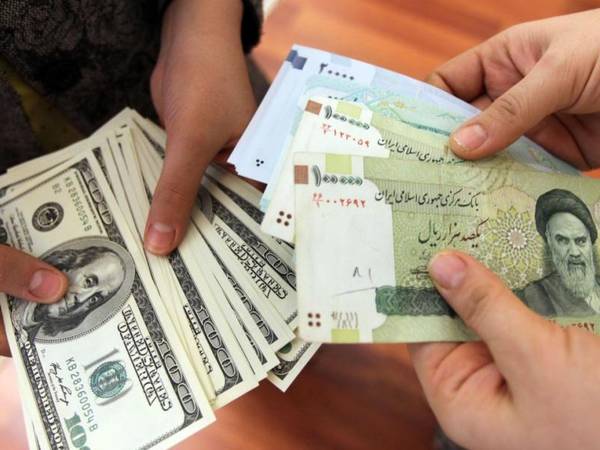One day after the inconclusive end of nuclear talks in Vienna Iran’s currency rial fell against the US dollar to the psychologically important level of 300,000.
Iranian authorities in recent days devised ways to show that the national currency was actually rising against major currencies as its diplomats met representatives of major powers to discuss a possible revival of the 2015 nuclear deal, the JCPOA. However, talks adjourned on Friday with no results except pessimism among European negotiators and disappointment on the part of the United States.
"Iran right now does not seem to be serious about doing what's necessary to return to compliance, which is why we ended this round of talks in Vienna," US Secretary of State Antony Blinken told the Reuters Next Conference on Friday.
The Iranian currency has fallen more than ninefold since early 2018, when it became apparent that then-president Donald Trump was inclined to leave the JCPOA and impose sanctions on Iran. He did so in May of that year and the rial has kept falling ever since.
US sanctions on oil exports and international banking has deprived Tehran of its main foreign currency revenues that financed half its government budget. The solution for officials was to print money, short of negotiations and a new agreement with Washington. Liquidity more than quadrupled in the past three years, pushing inflation rate to 50 percent and the rial down to Saturday’s level against the dollar and other major currencies.
A week ago, Iran tried to protect its currency by limiting legal purchases by small buyers. According to the law, every Iranian citizen can get $2,000 a year with a slightly favorable dollar rate for travel abroad and other needs such as medical care or wire transfers for students abroad.
Some people sold this right to others who needed more dollars, by using their national ID card to buy the currency. The government clamed down on the practice by tightening the requirements, demanding firm evidence of impending travel, such as the original copy of an air ticket. Buyers flocked to street dealers, instead of official bank exchange offices and the dollar rose to more than 300,000 rials.
Only once before the rial has lost so much value and that was before US presidential election last year, when people were nervous that Trump would be reelected and would increase pressure on the Islamic Republic. Once Joe Biden got elected, the pressure on rial declined somewhat, as he has already announced his intention to revive the JCPOA.
State-controlled media has begun blaming conspirators for the fall of the rial, as they have done on previous occasions, but the reason for having a battered currency and an economic crisis is obvious to most Iranians.
Noor News, a website close to the national security council said Friday that the fall of the rial “is a fully planned” conspiracy and blamed neighboring countries, in a clear reference to the United Arab Emirates and Saudi Arabia, who see Iran’s nuclear program and regional expansion as a serious threat to their security.
The government’s official IRNA news website blamed “greedy traders” and enemies who spread “fake news” about the lack of prospects for the success of nuclear talks.
